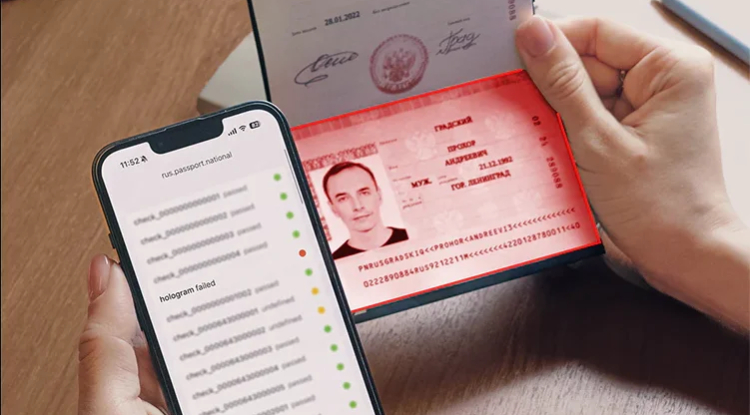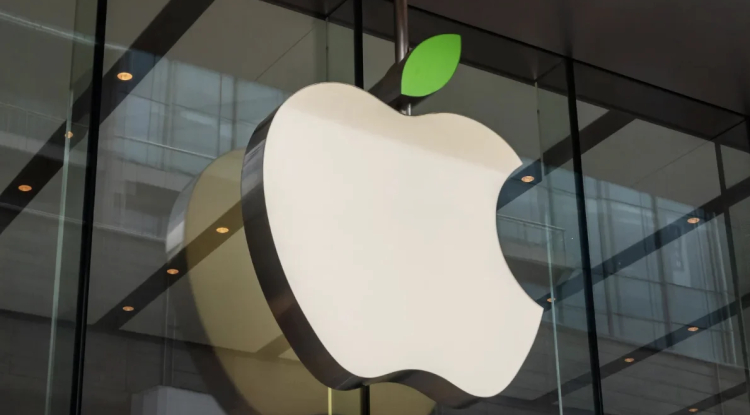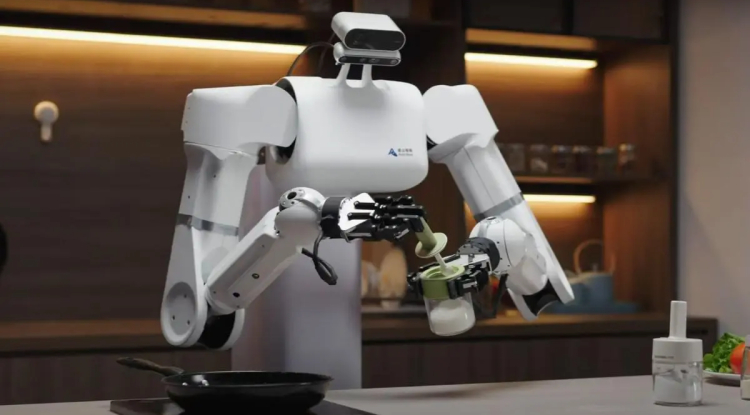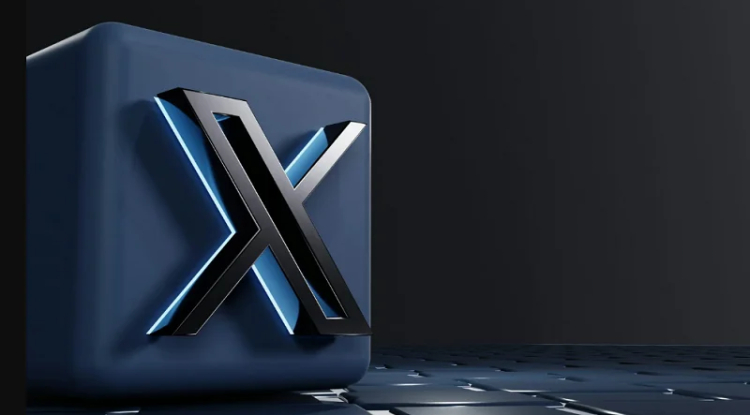The world's first driverless car race took place in the UAE
The world's first driverless car race took place in the UAE . Eight teams from all over the world competed in the competition, and the Tum autonomous car from Germany won.
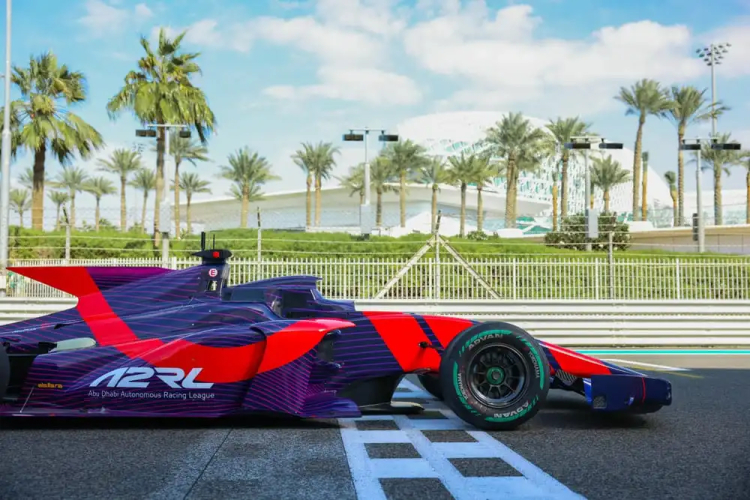
On April 27, 2024, the first A2RL race took place at the Yas Marina Circuit in the UAE. This is a competition between autonomous cars controlled by artificial intelligence. The team from Germany won.
About the A2RL race
The A2RL competition took place in two stages. In the first stage, Formula 1 racing driver known as “Torpedo” Daniil Kvyat competed with a self-driving car. He boldly bypassed it, demonstrating that artificial intelligence is not yet capable of driving a car with the same dexterity as a human.
Eight autonomous racing cars took part in the second stage: Fly Eagle (China and UAE), Humda Lab (Hungary), Code19 (USA), Constructor (Germany), Kinetiz (Singapore and UAE), Polimove (Italy), Unimore (Italy) and Tum (Germany).
“Autonomous car racing is a rapidly evolving field that combines advanced technologies such as artificial intelligence (AI), rapid mobility stacks, innovative sensor technologies and advanced computing to create high-performance vehicles that can perceive their surroundings, make decisions and compete without human intervention.”
At first, the Polimove team from Italy was in the lead in the race. However, an error on the fifth lap deprived her of the lead - the car skidded while braking. After a necessary restart due to an accident, the Italian team Unimore Racing took the initiative. In the last turn, the AI car from the TUM team from Germany was ahead of its opponent and was the first to cross the finish line. Team Constructor Group from Germany finished second, and Unimore Racing from Italy took third place.
The race leaders shared a prize fund of $2.25 million. Most of the winnings went to the German team TUM.
About A2RL racing cars
The A2RL autonomous race cars are a model of the 2023 Dallara Super Formula chassis, powered by a four-cylinder turbo engine. This machine has pushrod suspension at both the front and rear, along with torsion springs and adjustable shock absorbers.
The AI controlled the cars using seven Sony IMX728 cameras. Other sensors were also built into the vehicles: four ZF ProWave radars and three Seyond Falcon Kinetic FK1 lidar devices. Computing power was supplied by a Neousys RGS-8805GC. This computer supports a high-performance Nvidia graphics processor, Intel connectivity for Internet and storage, and specialized software for controlling ignition, GPS, and telemetry systems.
All A2RL teams used identical machines, but they differed in coding. Participants used skills in creating algorithms that controlled the movement of cars around the track based on data received from sensors. Artificial intelligence made decisions about steering, acceleration, gear shifting and braking every five milliseconds using seven hydraulic actuators.
Share
What's Your Reaction?
 Like
0
Like
0
 Dislike
0
Dislike
0
 Love
0
Love
0
 Funny
0
Funny
0
 Angry
0
Angry
0
 Sad
0
Sad
0
 Wow
0
Wow
0
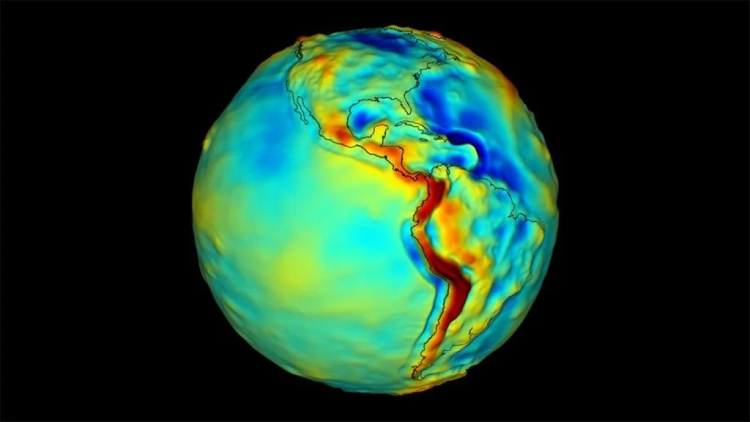




![Transfer/ Postings Senior Superintendent Police Hyderabad [Notifications]](https://pakweb.pro/uploads/images/202402/image_100x75_65d7bb0f85d5f.jpg)
![Amazing Text Animation Effect In CSS - [CODE]](https://pakweb.pro/uploads/images/202402/image_100x75_65d79dabc193a.jpg)


